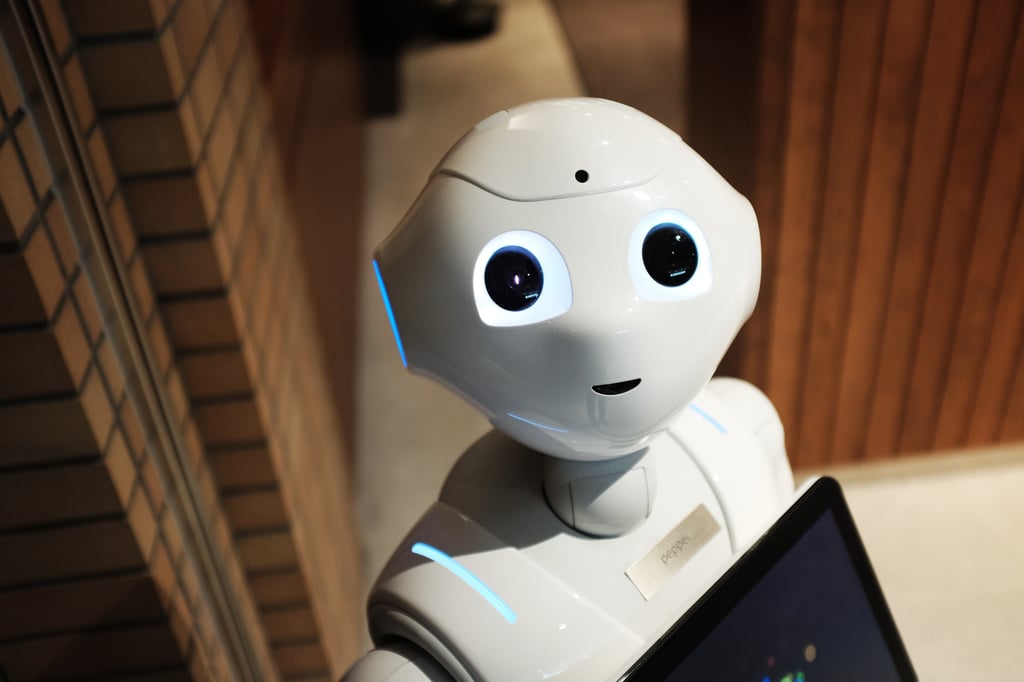The HR and Benefits professional of 2017 has many crucial roles and responsibilities within an organization’s operations. Task lists are growing with open enrollment, ACA changes, reviews, quarterly planning, and unforeseen “fire drills.” It’s draining to sort through the fog of information without losing sight of your priorities. Not to worry, we’re here to focus your HR vision with key learnings from our interactions in the HR & Benefits space.
2017 has already been full of surprises and uncertainty, foreshadowing a future workplace where job insecurity, unhealthy behaviors, stress, and distraction has become the norm. Innovations in technology such as smartphones and artificial intelligence have made information more accessible and results immediate . Yet both employers and employees are concerned about losing the key factor in unlocking a successful workplace of the future: the human role.

Not sure where to start? We rounded up 5 obstacles in the future workplace that you have the opportunity to transform in your HR and Benefits role:
1) For the HR Business Partner or Recruiter: Artificial Intelligence (AI) creating job insecurity is an opportunity for
Heard of the gas station analogy? Fifty years ago, attendants pumped gasoline into cars, and consumers had to stop at specialty stores for small errands. Self-serving technology replaced the attendant and decreased labor costs because consumers now pump their own gas (in all states but New Jersey, Oregon, and some towns in Massachusetts.) Rather than creating job insecurity for former pump attendants, a new opportunity arose as gas stations built convenience stores with the need for cashiers. Technology may be replacing jobs, but as an HRBP or Recruiter, you have the chance to be on the forefront of determining new needs and roles for your organization.

2) For the Benefits Director or Wellness Specialist: Unhealthy behavior is an opportunity to create a preventative health strategy that ultimately decreases health care costs (such as insurance premiums and paid sick leave) for the company.
As employees’ lives become more complex, they don’t prioritize preventative health measures or utilize employer health insurance. By bringing on low-cost or free perks that incentivize employees appropriately and create a healthy environment, you have the opportunity to not only decrease your company’s healthcare

3) For the VP of Total Rewards: Employee stress over debt and childcare means you can create a culture of retention and displays your company’s core values by bringing the appropriate advisor.

4) For the HR Director: Employees are distracted by all the forms of communication, but by optimizing your communication channels, you can roll out your innovations to specific groups of employees.
To promote your benefits, spread important information, and engage employees, you need to survey employees on where they absorb information best. (Is it email, digital signage, text, Instagram, email, or slack?) According to Forbes Magazine, chatbots are the best way to make processes more efficient because you can answer frequently asked employee questions and improve talent acquisition.

5) For the HR Generalist: Day-to-day activities and priorities in your role may prevent you from being a part of the conversation regarding strategy for the future. However, your proximity to employees gives you the opportunity to be a spokesperson for challenges and a champion for improvements.
Who knows? Showing the initiative might even get you promoted!

Regardless of your role in your HR department, one aspect of the future workplace is certain: the need for the "human" in Human Resources.
Want to learn more about how to engage Generation Z in the Future Workplace from a CHRO at one of the largest staffing agencies in the US? Join us for an HR Leaders Breakfast in Atlanta and learn from Randstad CHRO Jim Link.
Not in Atlanta, but want to experience Jim Link's presentation? Listen to his webinar here.





